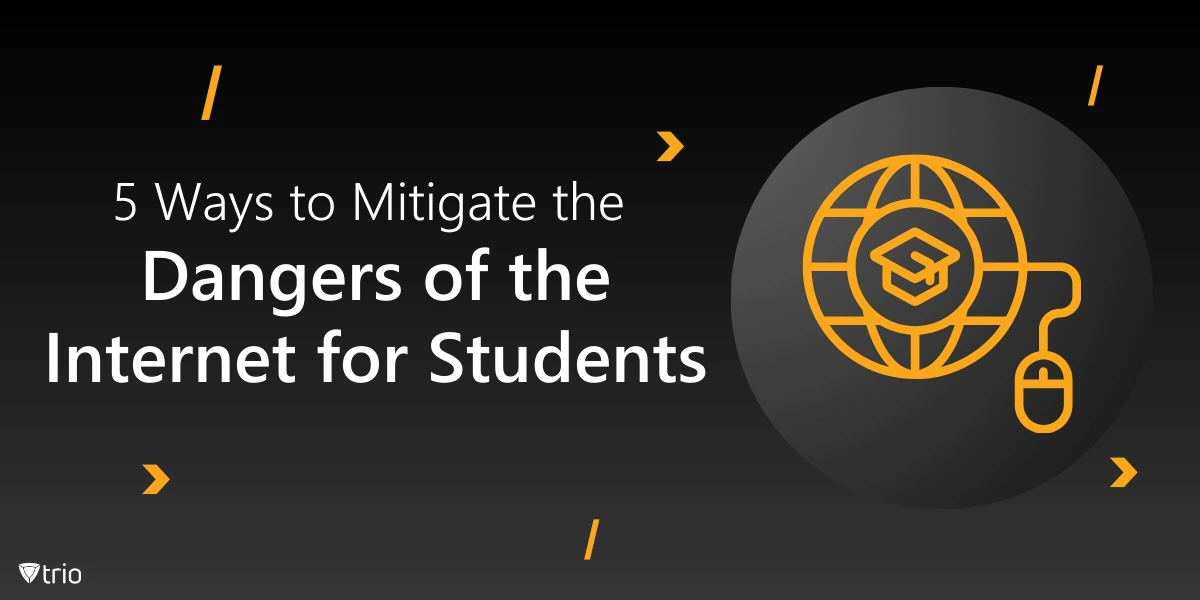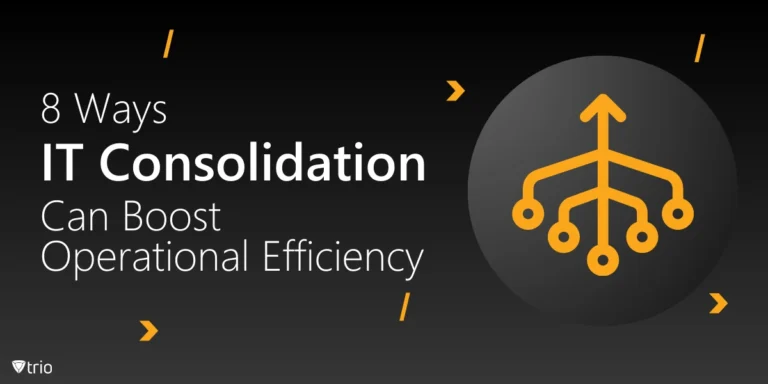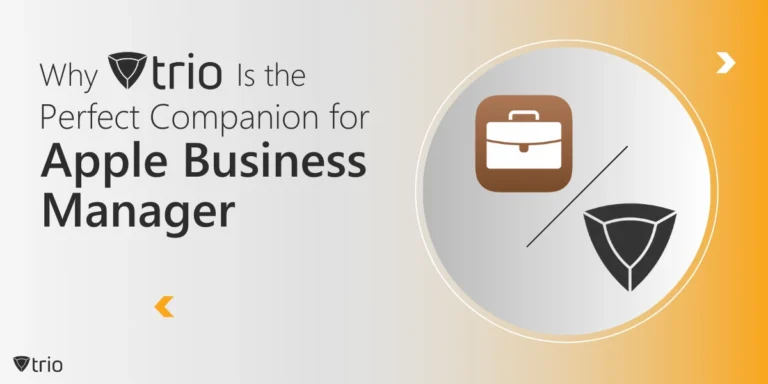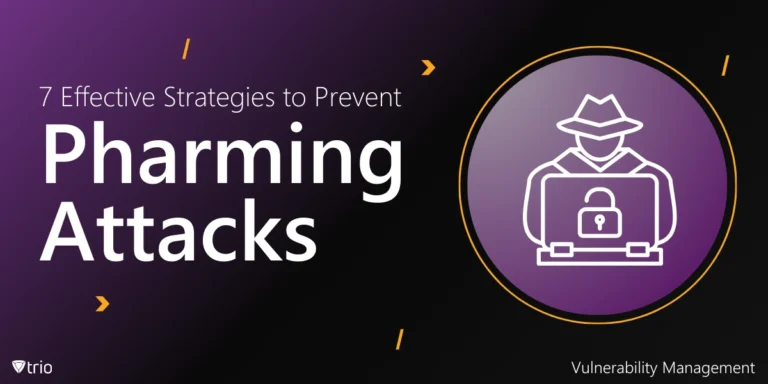The internet offers a wealth of knowledge and opportunities for students, but it also comes with significant risks. Cyberbullying, inappropriate content, and online predators are just a few of the dangers that students face in the digital world. 7 in 10 teens who use social media for over 5 hours are at higher risk of committing suicide. Schools and parents alike must take proactive steps to keep away the dangers of the internet for students while allowing them to explore the benefits of online learning. Here are five essential steps to protect students from the dangers of the internet.
-
Implement Internet Filters and Monitoring Tools
The first line of defense against online risks that can affect students’ safety is to implement internet filters and monitoring tools in both school and home environments. Filters can block inappropriate websites, explicit content, and social media platforms that might expose students to cyberbullying or online predators.
These filters can also be customized to restrict specific categories, such as gambling, violent content, or certain social media sites. While filters aren’t foolproof, they serve as a crucial tool for cyber safety for students. Schools and parents should collaborate to ensure consistency across devices, particularly as many students take school-issued tablets or laptops home.
-
Teach Digital Literacy and Responsible Online Behavior
Educating students about the importance of digital literacy and responsible online behavior is crucial in protecting them from internet dangers. Schools should incorporate lessons that teach students how to recognize phishing attempts, fake news, and other forms of online deception. Students should also understand the risks of sharing personal information, engaging with strangers, and downloading unknown files.
Encouraging students to think critically about their online presence, including what they post and share, is another key aspect of digital literacy. Parents and teachers should have open discussions with students about the long-term consequences of their digital footprint, ensuring they understand the importance of protecting their privacy and reputation online.
-
Encourage Open Communication Between Students and Adults
One of the most effective ways to protect students from online dangers is by fostering an environment of open communication. Students should feel comfortable discussing their online experiences with trusted adults, whether it’s a parent, teacher, or counselor. This open dialogue allows adults to guide students through difficult situations like cyberbullying, phishing attempts, or exposure to inappropriate content while also offering cyber safety tips for students.
Parents can take an active role by regularly asking their children about their online activities and addressing any concerns they may have. Teachers should also be trained to identify signs of distress that may indicate a student is experiencing negative online interactions. Creating a supportive space for discussion can empower students to report suspicious or harmful online behavior before it escalates.

-
Establish Clear Guidelines for Internet Use
Schools and parents must set clear and consistent guidelines for internet safety for elementary students. These guidelines should outline which websites and apps are acceptable for students to use, as well as the specific hours they’re allowed online. Time limits can help prevent excessive internet use, which can expose students to a greater risk of encountering harmful content.
Furthermore, guidelines should be adjusted based on the student’s age and maturity level. Younger students may need more stringent restrictions, while older students may be granted more autonomy with the understanding that they’ll continue to exercise responsible behavior online. Both schools and families should enforce these guidelines in conjunction with internet filters and monitoring tools to ensure a comprehensive approach to online safety.
-
Equip Students with Mobile Device Management (MDM) Tools
Mobile Device Management (MDM) solutions provide an effective way to monitor and secure student devices, particularly in 1:1 learning environments where students take school-owned devices home. MDM solutions enable schools and parents to remotely manage devices, enforce usage policies, block harmful websites, and monitor app activity.
MDM tools can also help safeguard student data in the event of a lost or stolen device, as they allow administrators to remotely wipe sensitive information. Implementing MDM solutions is an excellent way to create a safer digital environment for students, while still allowing them the freedom to access educational resources online.
Social Media Etiqutte Can Prevent Students from Encountering Dangerous Behavior Online
One effective way to reinforce responsible online behavior is by providing students with visual reminders. Schools can download our free Social Media Etiquette Infographic to help students understand the dos and don’ts of social media. This printable resource is perfect for classrooms, hallways, or bulletin boards where students regularly gather. By displaying the infographic in high-traffic areas, schools can offer a constant reminder of how students should manage their digital presence and interact respectfully online.
Teachers and administrators can use the infographic as a talking point during lessons or assemblies, encouraging discussions about the importance of building a positive online image. Schools can even incorporate it into their digital citizenship curriculum, making social media etiquette a regular part of student life.
To get started, download your free infographic from here. For additional information on how technology is influencing education, check out our Education Infographic, which provides valuable insights into creating a safe and responsible digital environment for students.
See Trio in Action: Get Your Free Trial Now!
Conclusion
Protecting students from the dangers of the internet requires a combined effort from schools, parents, and the students themselves. By implementing internet filters, teaching responsible online behavior, maintaining open communication, establishing clear usage guidelines, and equipping students with MDM tools, we can create a safer online learning environment for all students.
Want to take student safety to the next level? Try Trio Education for free! Manage, monitor, and protect student devices with ease. Sign up for your free trial today and ensure a safer digital learning environment. Together, we can empower students to explore the internet safely while minimizing the risks they face in the digital world.




